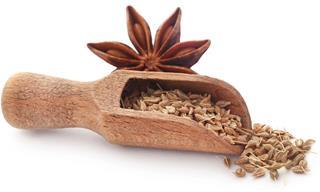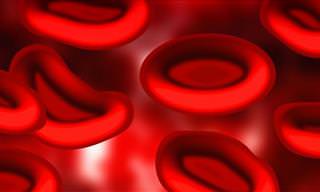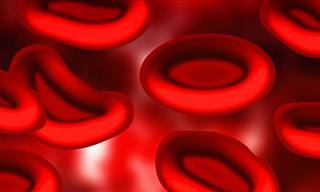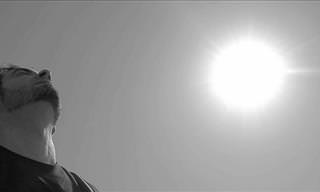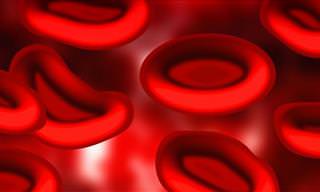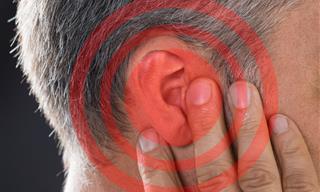Types of Nosebleeds
First of all, it's important to distinguish between two main types of nosebleeds:
Anterior Nosebleed: This is the most common type of nosebleed, occurring in the lower part of the nasal septum. The small blood vessels in this part of the nose are very delicate and can easily be injured, which causes bleeding. This situation shouldn't worry you at all, even if it happens to children, and in fact, it is quite common among them. You can treat this type of bleeding at home.
Posterior Nosebleed: This type of nosebleed occurs in the deeper part of the nose, where larger blood vessels are located. Injury to these blood vessels can cause relatively heavy bleeding that can also flow backward into the throat. You may need to seek immediate medical assistance if you suffer from this type of bleeding, which is more common in adults than in children.

What are the causes of nosebleeds?
Generally, the most common cause of nosebleeds is warm and dry air, which characterizes, among other things, autumn and early winter days in Israel. However, either of these weather conditions separately can also cause it. Usually, the bleeding starts after nose picking or frequent and forceful nose blowing, or even excessive sneezing. This is another reason why the problem is particularly common during autumn and winter. There are also substances that may cause nosebleeds, including inhaling the fumes of strong cleaning agents. If you tend to use nasal sprays often, they might be the cause of your nosebleeds, as they dry out the nasal mucosa and increase the risk of injury to the blood vessels.
Anyone can suffer from nosebleeds, but some people experience it more frequently than others, such as:
- Children aged 2-10: Dry air, colds, allergies, or nose picking can cause children to experience nosebleeds.
- Adults aged 45-80: At these ages, blood takes longer to clot, and the likelihood of nosebleeds increases with problems related to high blood pressure and arteriosclerosis.
- Pregnant Women: During pregnancy, the blood vessels in the nose expand, which puts pressure on them that may cause them to be injured.
- People taking blood-thinning medications: Blood thinners are intended to prevent blood clotting, which may prevent the body from stopping the nosebleed quickly.
- People with blood clotting problems: Conditions such as hemophilia or von Willebrand disease interfere with blood clotting processes, leading to excessive bleeding, including from the nose.
Less common causes of nosebleeds include:
- Alcohol consumption
- Nasal tumor or polyp
- Nasal surgeries
- Leukemia
- Autoimmune diseases
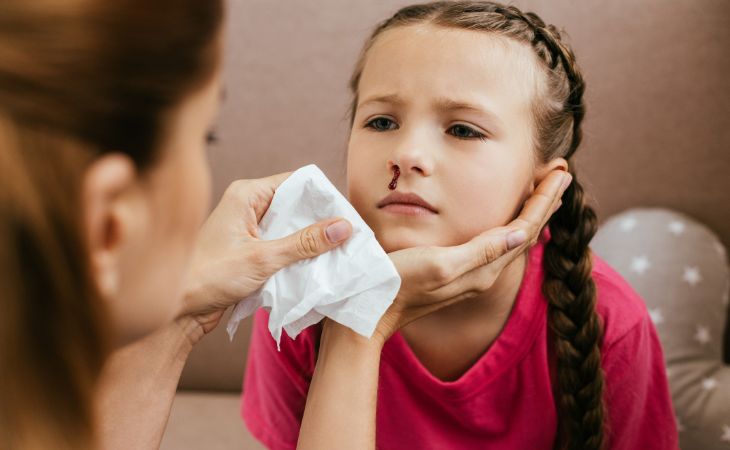
How to prevent nosebleeds?
- Use saline spray for the nose 2-3 times a day in each nostril to keep the nasal lining moist. You can purchase such a spray at a pharmacy or make one yourself at home with 1 teaspoon of salt and 1 liter of water – boil for 20 minutes, and use the prepared solution once it has cooled to a lukewarm temperature.
- Use a humidifier at home or sleep near a humidifier in the bedroom.
- Apply petroleum jelly on a cotton swab and apply inside the nostrils up to a depth of about 6 mm.
- Avoid forceful nose blowing and picking your nose.
- Keep nails trimmed if you tend to pick your nose anyway.
- Sneeze with your mouth open instead of through your nose.
- Quit smoking – this habit dries out and irritates the nose.
What to do when a nosebleed starts?
If bleeding has already started, here's what you need to do to handle it and stop it as quickly as possible:
1. Sit upright and lean forward – keep your head raised, but do not tilt your head back, as this will only cause the blood to flow down the throat, which could lead to choking.
2. Gently blow your nose – the aim is to clear it of any blood clots that may be present, but be careful not to blow too hard, as this will only worsen the bleeding.
3. Pinch your nose – use your thumb and forefinger to close your nostrils, breathe through your mouth, and continue for 10-15 minutes. This will apply pressure to the blood vessels, helping to stop the blood flow. If this doesn't help, repeat for another 15 minutes, and do not release for at least the first 5 minutes, even if you want to check if the bleeding has stopped.
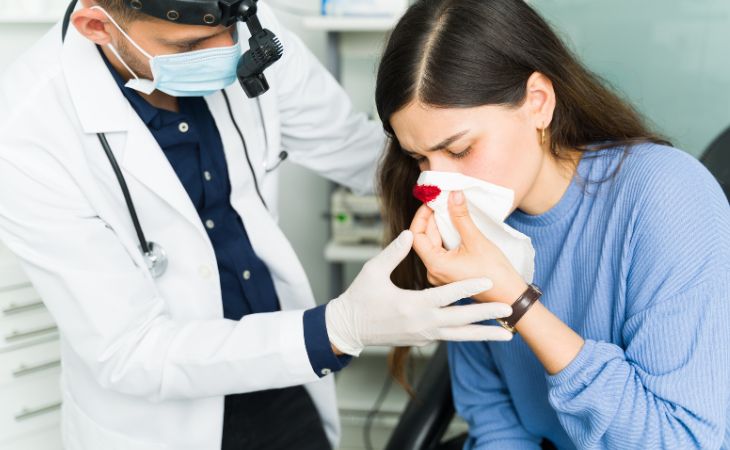
When should you see a doctor?
As mentioned, it is likely that the bleeding you are experiencing does not require medical intervention, but there are several situations where you shouldn't delay seeing a doctor:
- It happens to you very frequently
- You have symptoms of anemia (weakness, fainting, fatigue, feeling cold frequently, difficulty breathing, or pale skin)
- It concerns a child under two years old
- You are taking blood-thinning medications that prevent the bleeding from stopping
- You started having nosebleeds after starting a certain medication
- You have nosebleeds along with unexplained bruises on your body – this combination may indicate a problem with blood clotting processes or even leukemia or tumors.
Here is some information you should share with your doctor to help them provide the most accurate diagnosis possible:
- The usual duration of the bleeding (in minutes)
- The amount of blood coming out of the nose
- How frequently the problem occurs
- Whether the blood comes from both nostrils or only one
- What medications you are taking regularly or when this happens
- Whether there are family members who have suffered from blood vessel problems in the past
- Whether you consume drugs or alcohol regularly
Summary
Nosebleeds are generally not a serious problem and can be resolved at home or even prevented with proper habits. However, in certain cases, it is highly recommended to visit a doctor to check the cause – it may be the medications you are taking or a more serious issue requiring medical attention. If you know someone who tends to suffer from nosebleeds, share this article with them – we are sure this information will be very useful to them.
 Go to BabaMail
Go to BabaMail
















